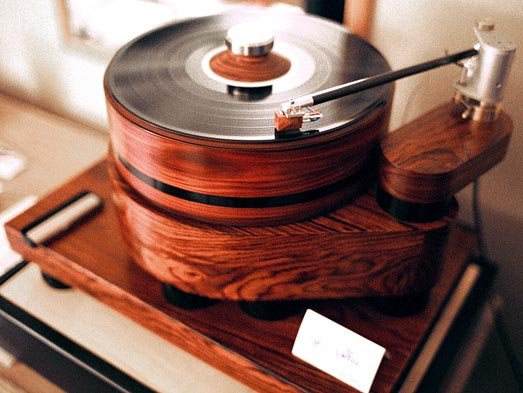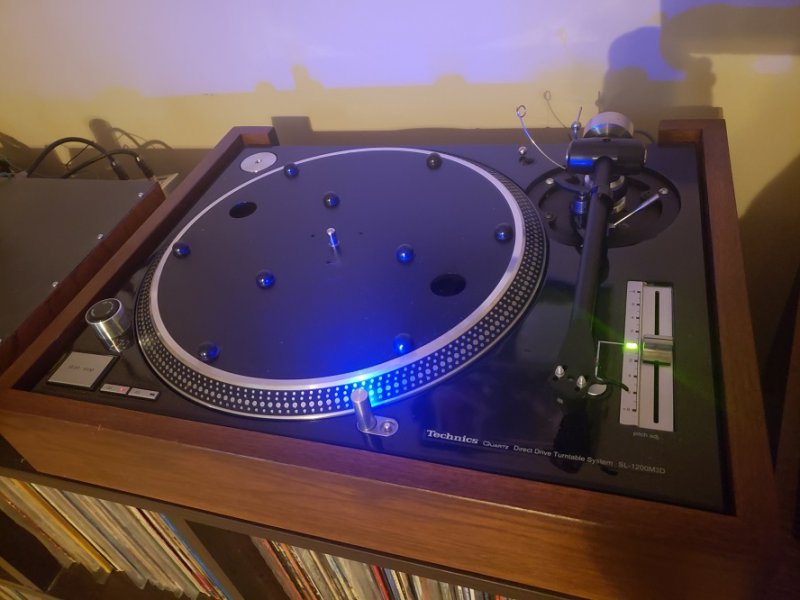This minor off-ramp from the highway of the OT should probably jump over to another category. As I wrote earlier, it is a wildly provocative topic for DIY turntable builders, and the debate often results in no one learning anything, and just holding tight onto their biases.
HRS platforms are made of granite...but "manufactured from 70+ parts and six different materials, including two proprietary polymers, billet machined aircraft aluminum housing and polished black granite." (from their website)
What you are "hearing" is not granite in isolation, but a system in a relatively thin package that mitigates or at least reduces the impact of structure borne vibration on the performance of the playback chain. Based on the objective that HRS sets out to achieve, you should not hear anything at all from the base, just what you were intended to hear from the recording: it doesn't add anything, just helps remove.
Taking one part of a system out of that system and expecting to behave like the system most likely not going to work. Granite does not damp vibration (not "dampen" - that means it made something moist), it allows wave propagation in all directions due to its crystaline structure. But in
combination with the other 69+ parts and 5+ materials in the HRS base (particularly the polymers, I would propose), it participates in HRS' rather successful isolation base system. I have an older HRS M# isolation base under my amplifier. If I rap a piece of granite with a tight grain, like what HRS uses, it rings. If I rap the HRSS base, it's dead. The system they designed does what they propose, but just one part of that system won't.
Here's another approach, by Chris Brady of Teres. I have owned this 'table since it ended its run on the show circuit. It is a stunningly good performer for the price, and I had no reason to be unhappy with it. I went to a Lenco L75/PTP 6 when I jumped back into this insane habby because the Teres was (and remains) packed up in a trunk 215 miles away...
View attachment 116609
Cocobolo chips n dust in a West-type epoxy compressed mass, with zones drilled out and filled with lead shot, and veneered with more cocobolo. All the wood n epoxy parts are working together as a system with the aluminum stand-offs that corral more lead shot. Pic is from VSAC 2003. I had a Schroeder Reference on it as well, with an Allaerts MC-1b. A lovely table. Pain to move.











